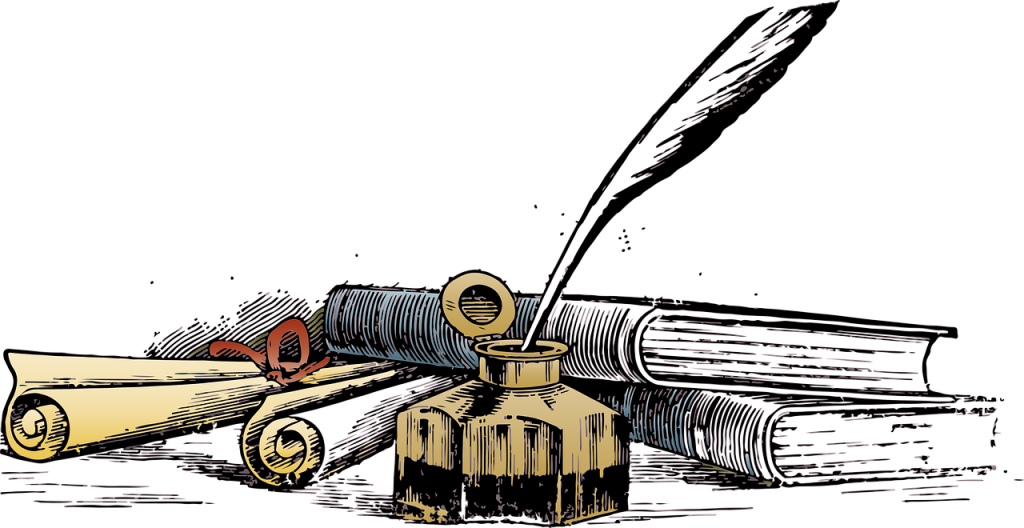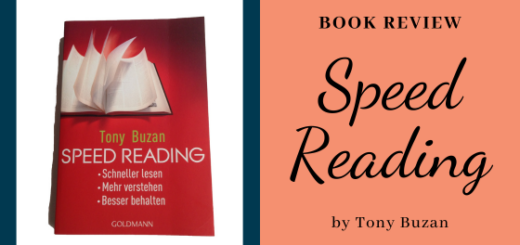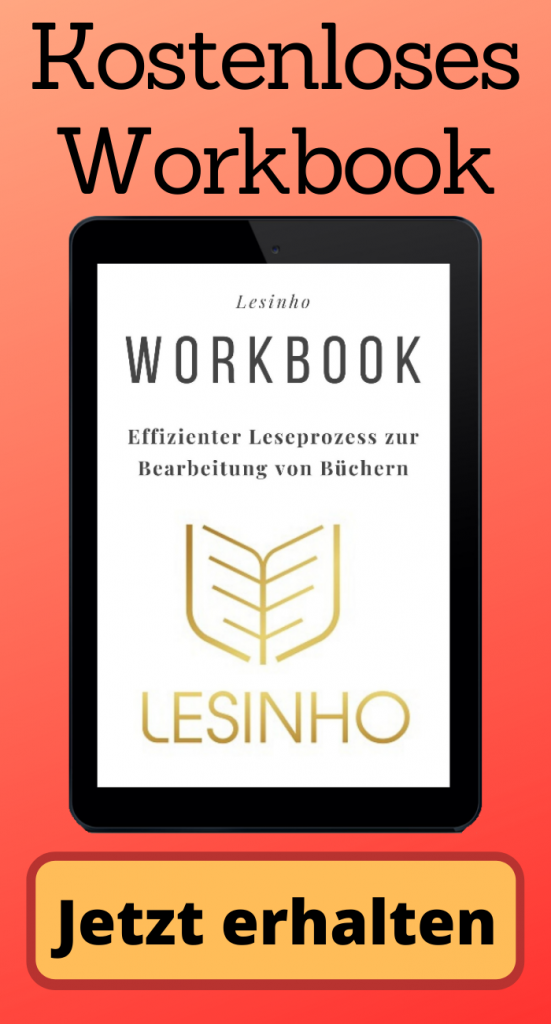Book Review: “How To Read A Book” by Mortimer J. Adler
The book How to Read a Book by Mortimer J. Adler, first published in 1940, outlines strategies to improve your reading skills.
In the book, Adler describes four levels of reading:
- Elementary Reading: The first level corresponds to the basic ability to read a text and understand what the author says, what they mean, and why they say it. This is the foundational reading skill typically learned in elementary school.
- Inspectional Reading: This level focuses on quickly grasping the content of a book, as well as on reading and marking it effectively.
- Analytical Reading: Analytical reading involves identifying a book’s structure, interpreting its content and intentions, and evaluating it.
- Syntopical Reading: At this level, readers explore a topic by reading multiple books on it, comparing and contrasting them to synthesize their content into something new and more comprehensive than each individual book.
The first level, Elementary Reading, is not discussed further, as readers are assumed to have already mastered it if they are reading this text. Instead, this article focuses on the other three types of reading.
Before starting a book or text, you should set a reading goal by considering why you’re reading it and whether you’re reading for information or understanding. Once you have a clear goal, you can move on to inspectional reading.
Level 2: Inspectional Reading
Inspectional Reading is the ability to quickly grasp a book’s content and effectively mark it. Make the following steps part of your routine:
Skimming the Book
Start by skimming the following elements:
- The title and back cover
- Table of contents
- Index
- Author’s bio or blurb
- Key chapters (e.g., summaries/conclusions at the end of chapters)
- Briefly flip through and read a few sections (such as the preface and conclusion)
This process, called skimming or prereading, should take about 10-15 minutes.
Reading the Book
To read efficiently, remain focused and undistracted. For a first reading of a (challenging) book, go through it without looking up things you don’t immediately understand. This approach trains you to work through difficult texts on your own. If anything remains unclear afterward, you can reread the book and look up the confusing parts.
Always adjust your reading pace to match the material and your goals. Don’t read a book more slowly than it deserves, nor too quickly for proper comprehension. To speed up, you can practice fixing your gaze on multiple words at once and avoiding regression—the tendency to jump back to previously read text, which usually resolves on its own through context if you keep reading. If needed, go back only at the end of the paragraph. More tips for speed reading can be found in Tony Buzan’s Speed Reading.
To increase comprehension, ask yourself the following:
- What is the book about as a whole?
- What is written in detail, and how?
- Is the content true, in whole or in part?
- What is important?
Marking the Book
Properly marking a book makes it easier to summarize or review later and helps you focus on key points as you read. Consider the following techniques for marking a book:
- Underline/mark key passages and highlight longer sections with a vertical line in the margin
- Draw stars in the margin to mark the top ten points
- Write page numbers in the margin to refer to other sections
- Circle keywords/phrases
- Add notes in the margins

Level 3: Analytical Reading
Analytical reading involves finding a book’s structure, interpreting its content and intentions, and evaluating it.
Identifying the Structure of the Book
First, determine what type of book you’re reading. You should approach a practical book differently from a philosophical work or a novel. Read the title, subtitle, and chapter headings carefully to get a sense of the book’s topics and structure. Briefly summarize the overall topic and main points, often found in the preface.
Then, locate the book’s major sections and explain how they interconnect. Identify the questions or problems the author had, which the book aims to address, as this usually reveals the author’s purpose.
Interpreting the Book’s Content and Intentions
First, identify the book’s key terms—often words the author frequently uses and describes. Understanding how the author defines these terms is essential.
Then, identify the author’s main statements by analyzing the key sentences you marked. After that, describe the main arguments by analyzing key sections, highlighted with vertical lines or stars. This will help you determine which initial problems the author solved and how, as well as which problems remain unsolved and whether the author acknowledges this.
Finally, summarize everything important in your own words.
Evaluating a Book Fairly
To evaluate a book, you must first understand its content by going through the first two stages of analytical reading. When assessing a book, be open to agreeing or disagreeing with the author. If you disagree, determine whether this is based on factual understanding or personal opinion, and specify your reasons for disagreement.
Identify where the author may be uninformed, misinformed, illogical, or where their analysis may be incomplete.
Guidelines for Different Types of Books
Practical Books
- Consider how you could apply the book’s rules in specific situations.
- What are the author’s goals, and what means does he propose to achieve them?
Fiction
- Learn from the imaginative experiences fiction evokes.
Philosophy
- Develop personal examples and analogies through your experiences.
- Use commentaries and handbooks only after reading the original book.
- Once you’ve read and understood a philosophical text, apply and test its ideas.

Level 4: Syntopical Reading
Syntopical Reading refers to exploring a topic by reading multiple books on it, comparing and contrasting them to synthesize their content into something new and broader.
This comparative reading technique is primarily used by authors and scholars to generate new ideas or hypotheses by comparing various books and authors in a specific field, but it can also be applied for in-depth knowledge on a topic of personal or professional interest.
This process has two phases:
Phase 1
Create a list of books, catalogs, magazines, etc., relevant to your topic by searching in libraries, online, and in the reference sections of other related books.
Review all the books on your list to decide which are well-suited to your topic and goals, gaining a broader view of the topic in the process.
Phase 2
Examine all the selected books closely to locate the key sections.
Define a consistent meaning for the main terms of your topic, or at least a meaning most authors use. Formulate questions that most or all authors directly or indirectly answer, and summarize each author’s thesis.
Identify major and minor points of disagreement by finding opposing views. Keep in mind that points of disagreement may not be explicitly stated by the authors but can emerge from interpreting their views on secondary issues.
Analyze the discussion by identifying the questions and problems, and clearly show how these problems interrelate.



